Space
Sign up for our newsletter
We summarize the week's scientific breakthroughs every Thursday.
-
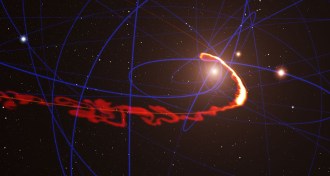 Astronomy
AstronomyAdvice to a baby planet: Avoid black holes
A dust cloud looping around the Milky Way’s supermassive black hole might have once been an infant planet.
-
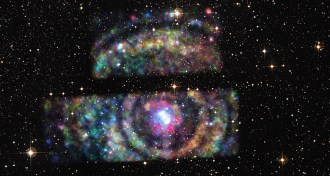 Astronomy
AstronomyX-ray rings reveal neutron star’s distance
Concentric X-ray rings around a neutron star help astronomers triangulate the star’s distance.
-
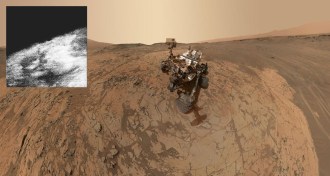 Planetary Science
Planetary Science50 years ago, Mariner 4 sent back first pictures from Mars
On July 14, 1965, Mariner 4 became the first spacecraft to fly by Mars. The probe also sent back the first pictures of another planet taken from space.
-
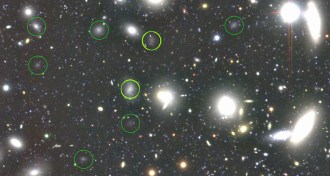 Astronomy
AstronomyDark galaxies grow in abundance
Nearly 1,000 shadowy galaxies lurk in a nearby cluster, some of which are as massive as the Milky Way and yet have only 0.1 percent the number of stars.
-
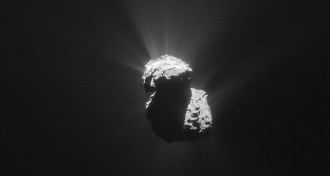 Planetary Science
Planetary ScienceRosetta mission extended until September 2016
The Rosetta spacecraft will explore comet 67P through September 2016 and then may go to sleep on the comet’s surface.
-
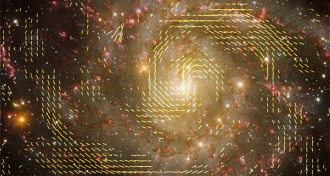 Astronomy
AstronomyMagnetic ‘glue’ helps shape galaxies
Galaxy-wide magnetic fields may play a role in shaping the spiral arms of gas and stars.
-
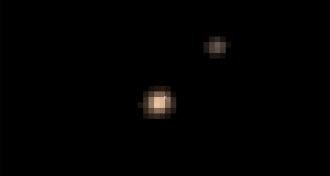 Planetary Science
Planetary SciencePluto and Charon’s orbital dance captured in color
New Horizons has captured the first true-color movie of Pluto and Charon orbiting one another.
-
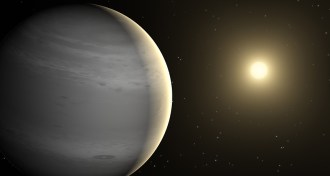 Astronomy
AstronomyBig exoplanet may be surrounded by helium
Warm Neptune-sized exoplanet might have atmospheres filled with helium.
-
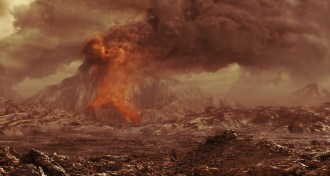 Planetary Science
Planetary ScienceEvidence mounts for active volcanoes on Venus
The Venus Express orbiter detected possible signs of active volcanism on the planet next door.
-
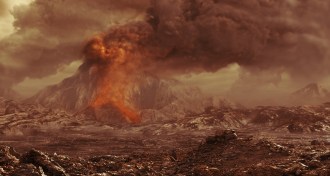 Planetary Science
Planetary ScienceEvidence mounts for active volcanoes on Venus
The Venus Express orbiter detected possible signs of active volcanism on the planet next door.
-
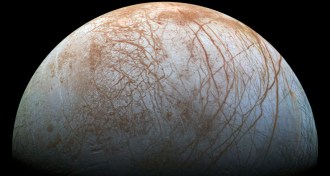 Planetary Science
Planetary ScienceNASA moves ahead with a mission to Europa
A NASA mission slated for the 2020s to Jupiter’s icy moon will try to figure out if the ocean there is habitable.
-
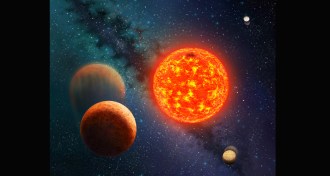 Astronomy
AstronomyMars-sized exoplanet is smallest to have its mass measured
The smallest exoplanet to be weighed is a hot, rocky cousin of the Red Planet.